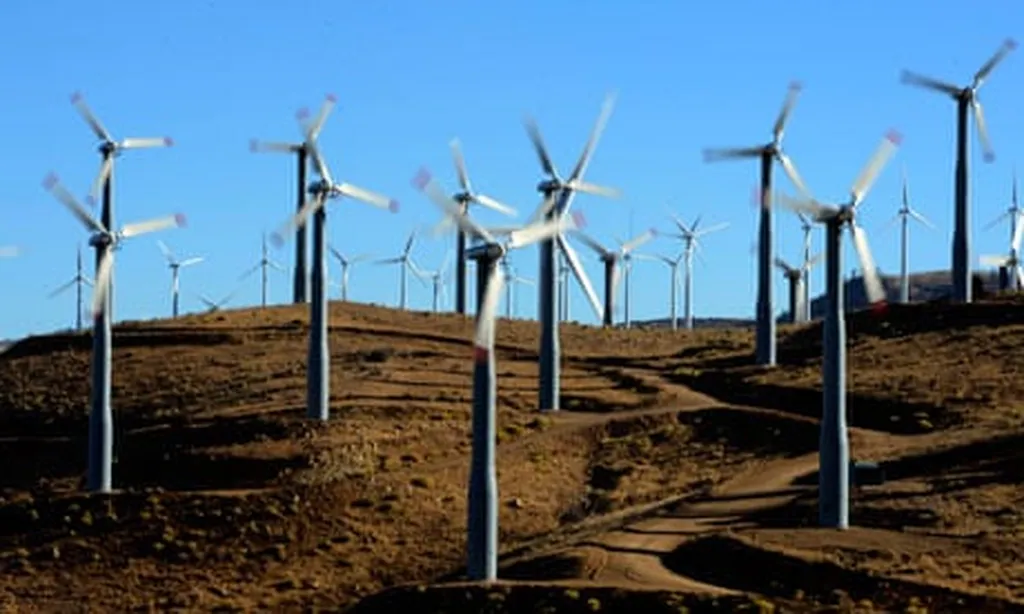In the heart of Lisbon, at the Laboratório Nacional de Engenharia Civil (LNEC), a team of researchers led by Ana Vieira has been delving into the intricate world of soil behavior, with findings that could significantly impact the energy sector. Their work, recently published in the journal *Geotecnia* (which translates to “Geotechnics”), offers a fresh perspective on how soils interact with energy infrastructure, particularly in geothermal and foundation engineering.
The research focuses on the thermal and mechanical properties of soils, which are critical for the efficient and safe operation of energy systems. Vieira and her team have been investigating how these properties change under different conditions, providing valuable insights for engineers and developers in the energy sector.
“Understanding the behavior of soils under thermal and mechanical loading is crucial for the design and operation of energy infrastructure,” Vieira explains. “Our research provides a more comprehensive picture of these interactions, which can lead to more efficient and sustainable energy solutions.”
One of the key findings of the study is the identification of specific soil types that exhibit superior thermal conductivity and stability. These soils, when used in geothermal systems, can enhance the efficiency of heat exchange, leading to more effective energy production. This is particularly relevant for the growing geothermal energy sector, which relies heavily on the thermal properties of the ground.
Moreover, the research sheds light on how mechanical loading, such as that from building foundations or other infrastructure, affects soil behavior. This knowledge can be instrumental in designing foundations that are not only stable but also optimized for energy efficiency.
“The implications of this research are far-reaching,” Vieira notes. “By understanding these soil behaviors, we can design more robust and efficient energy systems, reducing costs and environmental impact.”
The commercial impacts of this research are substantial. For the energy sector, the findings can translate into more efficient geothermal systems, reduced operational costs, and improved sustainability. Additionally, the insights into soil behavior under mechanical loading can lead to better foundation designs, benefiting a wide range of construction projects.
As the energy sector continues to evolve, the need for innovative solutions that balance efficiency, cost, and environmental impact becomes increasingly critical. The work of Ana Vieira and her team at LNEC represents a significant step forward in this direction, offering a deeper understanding of the fundamental interactions between soils and energy infrastructure.
Published in the esteemed journal *Geotecnia*, this research is set to influence future developments in the field, shaping the way engineers and developers approach soil behavior in energy projects. The findings not only provide immediate practical applications but also open new avenues for further exploration and innovation.
In a rapidly changing energy landscape, the insights from this research are timely and relevant, offering a glimpse into the future of energy infrastructure and its interaction with the ground beneath our feet.

